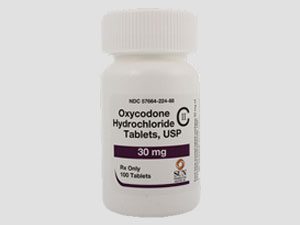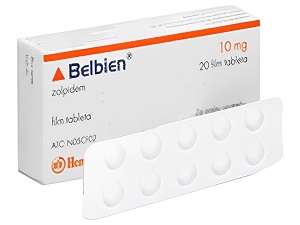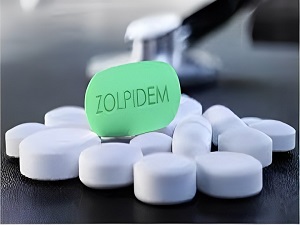Pain relief treatment is a multidimensional journey that requires a comprehensive approach to address the diverse needs and challenges faced by individuals experiencing pain. This insightful exploration delves into strategies and interventions aimed at improving pain relief outcomes, empowering individuals to regain comfort, function, and quality of life.
Understanding Pain
Pain is a complex and subjective experience influenced by physical, emotional, psychological, and social factors. It can vary in intensity, duration, and impact on daily activities, making personalized treatment essential for effective pain relief.
Holistic Pain Relief Strategies
- Multidisciplinary Approach: Collaborate with a team of healthcare providers, including physicians, physical therapists, psychologists, and pain specialists, to create a tailored pain management plan that addresses the physical, emotional, and cognitive aspects of pain.
- Pain Assessment Tools: Use validated pain assessment tools, such as numerical rating scales, visual analog scales, and pain diaries, to monitor pain intensity, location, triggers, and response to treatment over time.
- Individualized Treatment Plans: Customize pain relief treatments based on the type, severity, and underlying cause of pain, as well as individual preferences, goals, and medical history.
- Education and Empowerment: Provide education on pain mechanisms, self-management strategies, medication management, and lifestyle modifications to empower individuals in managing their pain effectively.
- Non-Pharmacological Interventions:
- Physical Therapy: Incorporate physical therapy techniques, including exercise, stretching, manual therapy, and modalities such as heat and cold therapy, to improve mobility, strength, and function while reducing pain.
- Cognitive-Behavioral Therapy (CBT): Utilize CBT techniques, such as relaxation exercises, mindfulness meditation, cognitive restructuring, and stress management, to address psychological factors contributing to pain perception and enhance coping skills.
- Complementary and Alternative Medicine (CAM): Consider CAM modalities like acupuncture, massage therapy, yoga, tai chi, and herbal supplements as adjunctive therapies to alleviate pain, reduce stress, and promote overall well-being.
Pharmacological Intervention
- Analgesic Medications: Prescribe analgesic medications, such as nonsteroidal anti-inflammatory drugs (NSAIDs), acetaminophen, opioids, muscle relaxants, and neuropathic pain medications, based on pain severity, type, and response to initial treatments.
- Adherence and Monitoring: Monitor medication adherence, efficacy, side effects, and potential drug interactions regularly to optimize pain relief while minimizing risks and complications.
- Interventional Procedures: Consider interventional pain management techniques, including nerve blocks, epidural injections, radiofrequency ablation, and spinal cord stimulation, for targeted pain relief and improved functional outcomes in specific pain conditions.
- Lifestyle Modifications:
- Nutrition and Hydration: Encourage a balanced diet rich in anti-inflammatory foods, adequate hydration, and nutritional supplements like omega-3 fatty acids and vitamins that support pain management and overall health.
- Sleep Hygiene: Emphasize good sleep hygiene practices, such as maintaining a regular sleep schedule, creating a comfortable sleep environment, avoiding caffeine and electronics before bedtime, and practicing relaxation techniques, to enhance sleep quality and pain modulation.
- Stress Management: Teach stress reduction techniques, including deep breathing, progressive muscle relaxation, guided imagery, and biofeedback, to lower stress levels, reduce muscle tension, and improve pain coping mechanisms.
Supportive Care:
- Encourage social connections, participation in support groups, and open communication with family, friends, and healthcare providers to foster emotional support, reduce isolation, and enhance coping skills.
- Consider palliative care and hospice services for individuals with advanced or terminal illnesses, focusing on symptom management, comfort, and quality of life during end-of-life care.
- Schedule regular follow-up appointments with healthcare providers to assess treatment progress, adjust interventions as needed, address new or worsening symptoms, and provide ongoing support and guidance.
- By adopting a comprehensive and personalized approach to pain relief treatment, individuals can navigate their pain journey with resilience, empowerment, and improved quality of life. From holistic interventions and lifestyle modifications to pharmacological treatments and supportive care, optimizing pain relief requires a collaborative effort that honors each person’s unique experiences, needs, and goals.
Conclusion
In conclusion, effective pain relief is not just about alleviating physical discomfort but also enhancing overall well-being. It requires a multifaceted approach that considers individual needs, integrates various treatments, promotes self-management strategies, and fosters holistic healing. By embracing comprehensive pain relief strategies, individuals can regain control over their lives, improve functionality, nurture emotional resilience, and experience a higher quality of life. It’s a journey of collaboration, empowerment, and resilience, where healthcare providers and individuals work together to navigate pain with compassion, understanding, and optimism for a brighter and pain-free future.











Leave a comment